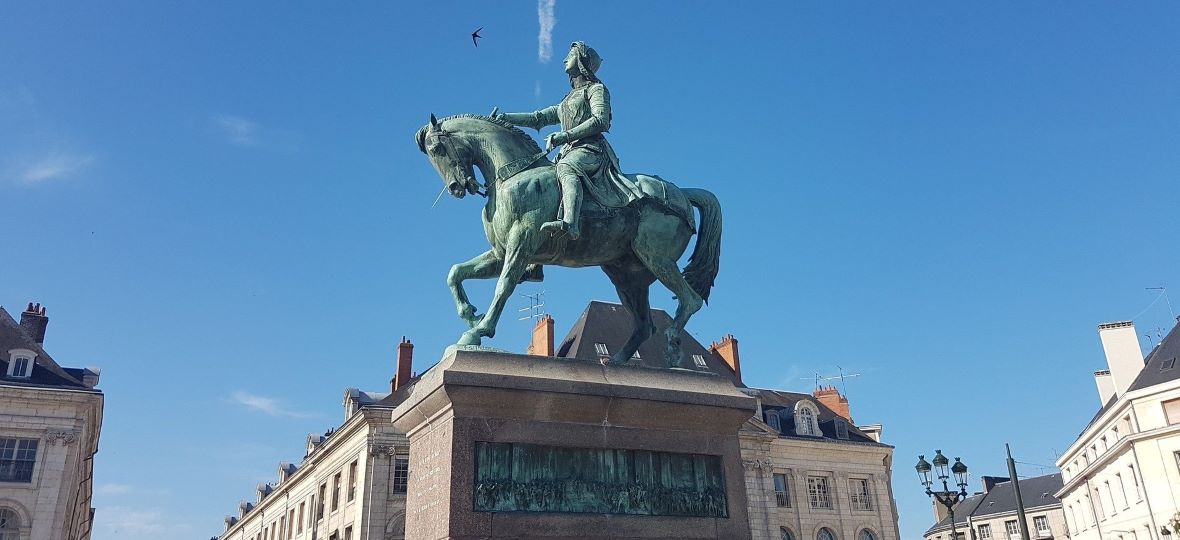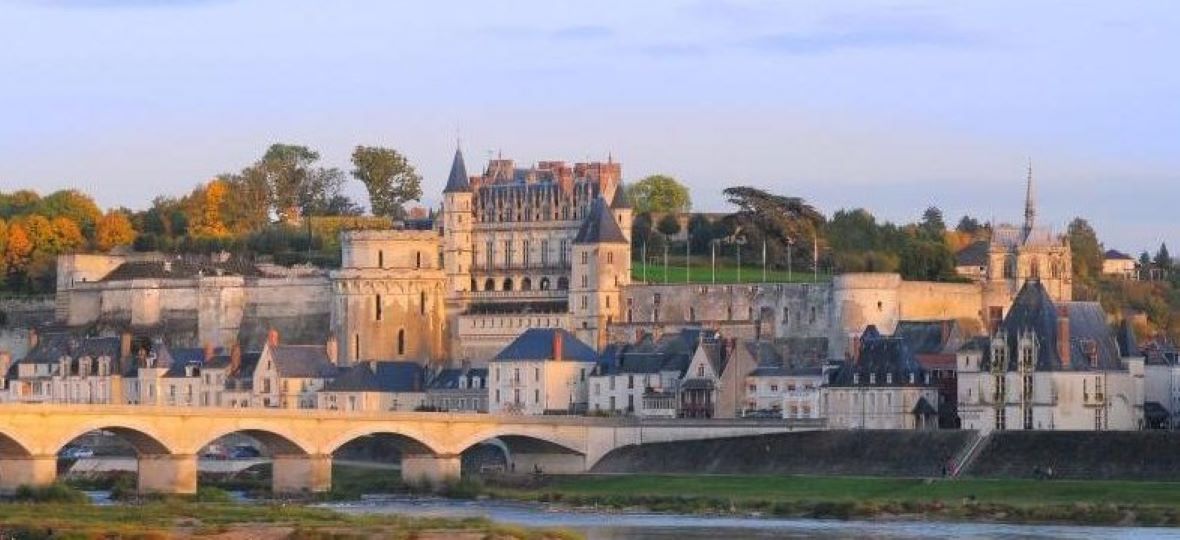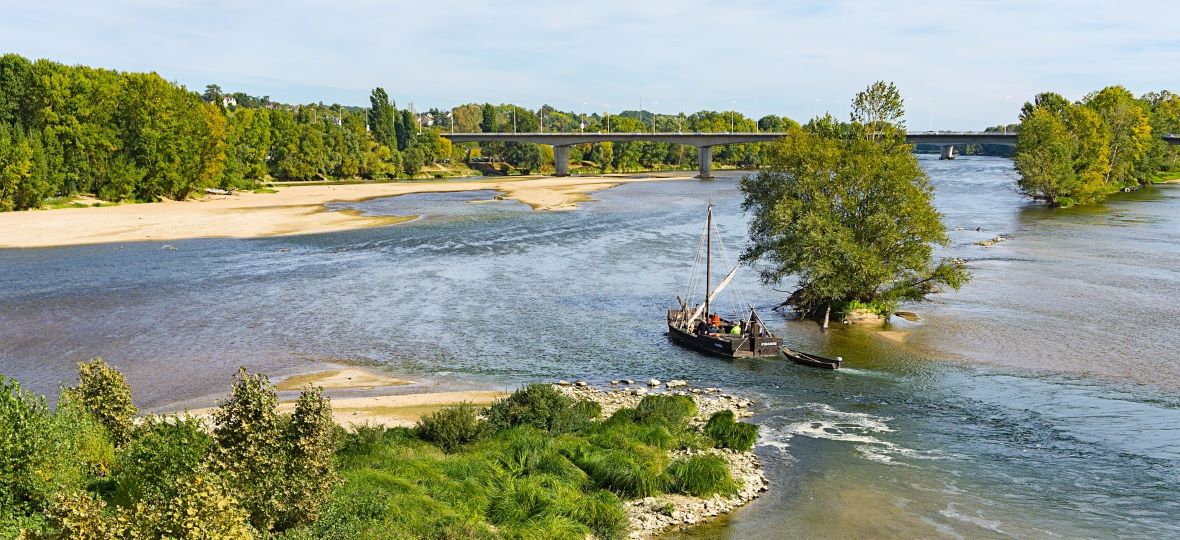The Valley follows France’s Loire River for 280 km, starting from Sully-sur-Loire in the eastern part of the region and extending all the way to Chalonnes-sur-Loire in Anjou in the west.
Kings, artists and famous authors have fallen under its spell and taken up residence on its banks in their droves, while today, visitors discover it on foot, by bicycle or on board a barge, taking in the harmonious landscape at the heart of the unspoiled natural world.
The renowned wines and gastronomy of the Loire can be savoured in a troglodytic cave dug out of the rock, at the table of a restaurant or at a gourmet village market.
A very musical region, the Loire Valley also moves to the beat of its many music festivals, the most popular being the Printemps de Bourges.
Here’s some highlights to help guide a trip along the Loire, starting in the Sully-sur-Loire area and ending in nearby Tours:
Sully-sur-Loire: Château de Sully-sur-Loire marks the start of the Loire Châteaux. The historic medieval fortress, which was once home to the Duke of Sully, was actually designed to defend the famous châteaux. The fortress is brimming with history and tales from the times when it played host to notable figures such as Joan of Arc, Louis XIV and Voltaire. For a break from history, it’s a great place to take a traditional boat ride on the Loire.

Orléans: Most famous for Joan of Arc’s role in liberating the city in 1429, her presence can still be seen and felt throughout Orleans. Beyond this, there are countless historic cathedrals to visit, charming streets to explore, and a number of Guinguettes to wine and dine on the banks of the Loire River in the summer months. Foodie experiences include tasting local vinegar and mustard at Martin Pouret factory, still made in a traditional method.
Chambord: One of the most iconic châteaux in the world, Château de Chambord (banner photo), and its extensive gardens is a requisite stop. For a lesser-known château, look to Château de Meung-sur-Loire, nicknamed “the château of two faces” due to its medieval and classical façades. Gourmands can try the two-Michelin-starred La Maison d’à Côté for a true taste of the local flavors of the Loire Valley.
Blois: The area is crowded with notable château – Château de Cheverny, Château de Beauregard, and Royal Château de Blois, which offers a sound and light spectacle at night. For art lovers, the Doubt Foundation has an extensive contemporary art collection with more than 300 works. And, as of next month, travellers can stay in the newly opened Les Sources de Cheverny, set on 45 hectares of woodlands, consisting of 49 rooms and suites located in private wooden cabins, renovated traditional farmhouses, and in the 18th-century Château du Breuil.

Amboise: On the way to Amboise is the majestic regional domain of Chaumont-sur-Loire, which hosts a well-known International Garden Festival each year, showcasing incredible garden displays. Once in Amboise, travellers should visit The Château du Clos Lucé, famous for being Leonardo da Vinci’s final home, featuring reconstructions of his inventions displayed through an expansive wooded park, and a showcase of his painted works through an immersive display. His tomb can be visited in the Royal Château d’Amboise.
Tours: Known as the capital city of the Loire Valley, Tours offers ancient cobble-stoned streets, medieval squares, a bustling food market called Les Halles, the historic Basilica Saint-Martin, and the contemporary art center CCCOD. At night, the streets of Tours transform with illuminations lighting up the historic sites and facades of the town. Just outside of Tours is the Loire Valley Lodges, located in an expansive 300-hectare forest, where guests can stay in a luxurious treehouse lodge, each designed by a different contemporary artist.
Near Tours, tomato lovers will want to stop by the Château de La Bourdaisière, where owner Prince Louis-Albert de Broglie (nicknamed “The Prince Gardener”) maintains a tomato conservatory with over 630 different varieties. Each September, the château/hotel hosts a Tomato Festival so visitors can sample the fruit in all its forms.
Also on the way to Tours, oenophiles can stop for wine tastings in Vouvray, where personalized wine tours for the entire family can be arranged (the kids can “blind taste” local fruit juices). Hotels in the area can be found right in vineyards (such as Le Clos de l’Epinay B&B), in a château (such as Château-hotel of Noizay), or even in a converted Troglodyte (or prehistoric cave) such as Amboise Troglodyte.


